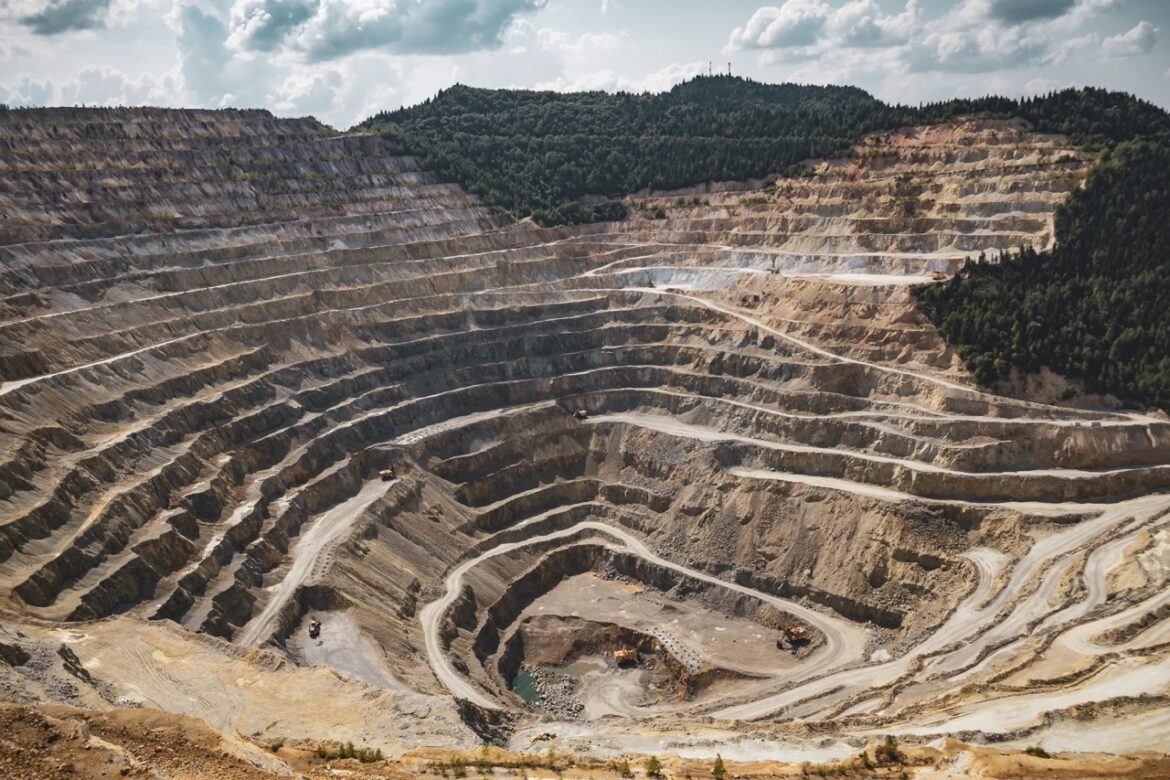While precious diamonds could look pretty roosted on a ring, the diamonds they hail from dare to Earth’s surface in an excursion that is everything except charming. A long period of time prior, a portion of our planet’s weirdest and most fierce volcanic explosions dug from profound underground the majority of the diamonds mined today as blue-touched rocks called kimberlites.
Not at all like the volcanoes that all the more usually spring up close to the more slender edges of landmasses, the ejections that created most kimberlites got through the thick, stable mainland centers known as cratons. Kimberlite emissions start close to the cratonic roots, no less than 75 miles underground, and race up at many feet each second — a searing rage driven by a wealth of carbon dioxide and water.
“It resembles rocket fuel,” said Thomas Gernon, a geologist at the College of Southampton in Britain who has long concentrated on kimberlites. The violent stream punches a carrot-molded pipe through the ground, tearing out lumps of profound subsurface diamonds, including some that are studded with diamonds mined.
Yet, existing examination actually has a goliath jewel molded opening: For what reason do kimberlites frame?

Another review driven by Dr. Gernon and distributed Wednesday in the diary Nature focuses on the old underlying foundations of these emissions. He and his partners report that the separation of old supercontinents like Pangaea and Rodinia caused profound disturbances in the progression of the mantle underneath Earth’s covering, setting off the impacts.
Researchers have long known that the arrangement of kimberlites (named for Kimberley, South Africa, where they were first found) agrees with the separation of supercontinents. In any case, that relationship is inadequately perceived. One thought places that the profound tufts of rising, hot mantle that might drive mainland separation could likewise fuel kimberlite arrangement. In any case, kimberlites “have no whiff of crest in their science,” Dr. Gernon said.
To address this secret, Dr. Gernon and his group dissected measurable connections between’s mainland separations and kimberlite impacts during the most recent billion years. The outcomes uncover that the two are firmly connected, yet they found something startling: The emissions were postponed, with most kimberlites having framed around 26 million years after supercontinents separated.
That sent him and his partners down a progression of precious diamond-studded dark holes to test the strength of the connection and make sense of the deferral.
The group’s PC demonstration proposes that as mainlands pull separated, a hot mantle gushes in beating convection that warms and pulls on the root, or fall, of a mainland center. The fall trickles descending like wax, delivering eddylike flows in the mantle.
As pieces of the fall’s carbonate and water-rich rocks blend into the agitating mantle, they could liquefy barely to the point of shaping bubbly magma-like kimberlites that would rush to the surface. The beating mantle can cause swells at the craton’s base, setting off emissions north of a huge number of years, making sense of why numerous kimberlites appear to relocate toward mainland insides throughout so long.
“Their examination presents a truly unquestionable proof base to help their model,” said Janine Kavanagh, a volcanologist at the College of Liverpool in Britain.
Be that as it may, the case isn’t yet shut. Philip Janney, a mantle geochemist at the College of Cape Town, lauded the gathering’s measurable examination yet said that the concentrate just showed serious areas of strength for the supercontinent separation on kimberlite emissions — “not that it is the main significant component.”
Supercontinent separations are periods set apart by a tangled snare of interconnected processes that shape the surface. What’s more, numerous more established kimberlites additionally arise around times of subduction, or mainland crush-ups, further ruining the image, Dr. Janney said.
That makes it hard to nail down the kimberlite ejections’ goal, particularly in light of the fact that nobody has seen one of the irate impacts. “We simply have what’s saved on a superficial level today,” said Ben Mather, a geophysicist at the College of Sydney.
However testing to review, kimberlites vow to yield a shining window into the geologic beat far beneath the surface — and maybe above, as well, Dr. Gernon said. The deficiency of the thick fall from a mainland’s craton might have made the land weave up like a float, unleashing devastation at the surface in a fountain of effects that the group is as yet considering.
“There are as yet numerous secrets about kimberlites that are yet to be uncovered,” Dr. Mather said.


